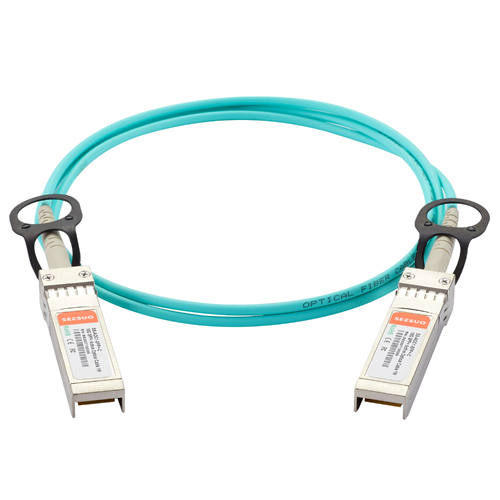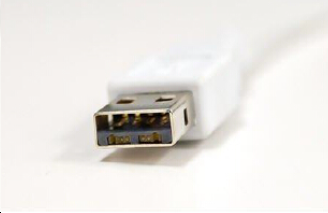- Related articles
- All Cisco CWDM-SFP10G-1550's information (List price, Specs, Compatibility matrix)
- All Cisco X2-10GB-ZR's information (List price, Specs, Datasheet PDF, Compatibility matrix
- Optimizing Virtual Infrastructures by Using Multiport Network Card
- How to Find What Ethernet Controller Card I'm using?
- What is small form factor pluggable?
- The difference between GBIC and SFP
- The Difference between Internal Network Card and USB Wi-Fi
- Optical Transceivers for Cisco N3K-C3172PQ-10GE Switch
- All Cisco ONS-SI-GE-LX's information (List price, Specs, Datasheet PDF, Compatibility matr
- Optical Transceivers for Cisco SG300-52MP-K9-EU Switch
Recommend tag

The principle, structure and application of active optical cable (AOC)
2017-02-27
Application of Active Optical Cable (AOC)
Active Optical Cable (AOC) is composed of integrated optoelectronic devices, and it is a transmission device that used for interconnection between two devices such as data center, high-performance computer, large capacity memory unit etc. It can meet the electrical interface of industry standard. Through internal photoelectric conversion and use the superiority of optical cable to transfer data.

Structure of Active Optical Cable (AOC)
Simply put, we can view active optical cable as a system that made up of two optical transceivers and jumper, but the transmission rate of this system is higher and the reliability is better than the system that composed of relatively separate components.
Active Optical Cable (AOC) = Two Optical Transceivers + Jumper
Transmission principle of Active Optical Cable (AOC)
At end A, the data input Din is the electronic signal, it can be converted to the optical signal of a specific wavelength by E-O Converter. After modulating and coupling, the optical signal will be entered to the transmission cable. Photoelectric detection device will amplify and process after detecting when optical signal reached end B, and output the corresponding electronic signal by Dout and vice versa.
.png)
Along with the process of digitization, data processing, storage and transmission have been rapid development. The demand of high bandwidth makes short-distance interconnection has become the bottleneck of system development. Under the influence of loss and crosstalk and other factors, the transmission distance has been limited based on the high bandwidth of the copper electronic interconnection, the cost also increases. And too much cable will increase the weight of system and the complexity of cabling. Compared with electronic interconnection, optical interconnect which based on multimode fiber has the advantages of high bandwidth, low loss, no crosstalk and matching and electromagnetic compatibility etc. so it begin to widely used in high-speed interconnection between cabinets, frames and boards.

Whether it is 4-way integrated transceiver module, or 12-way separated transceiver module, the interconnection between modules are used MTP/MPO ribbon cables of 12 channels. Since the connection through the ribbon cable is the light connection, it has high requires for the cleanliness of the connector and the repeatability of the plug, so that active optical cable which the optical module built into the cable has appeared. Active optical cable achieves interconnection through electrical interface, it greatly extending the distance of the interconnection on the basis of maintaining the electrical interface manufacturing and the use of convenience.


TECHNICAL SUPPORT
Get solutions or consultation from the technical team.




































































